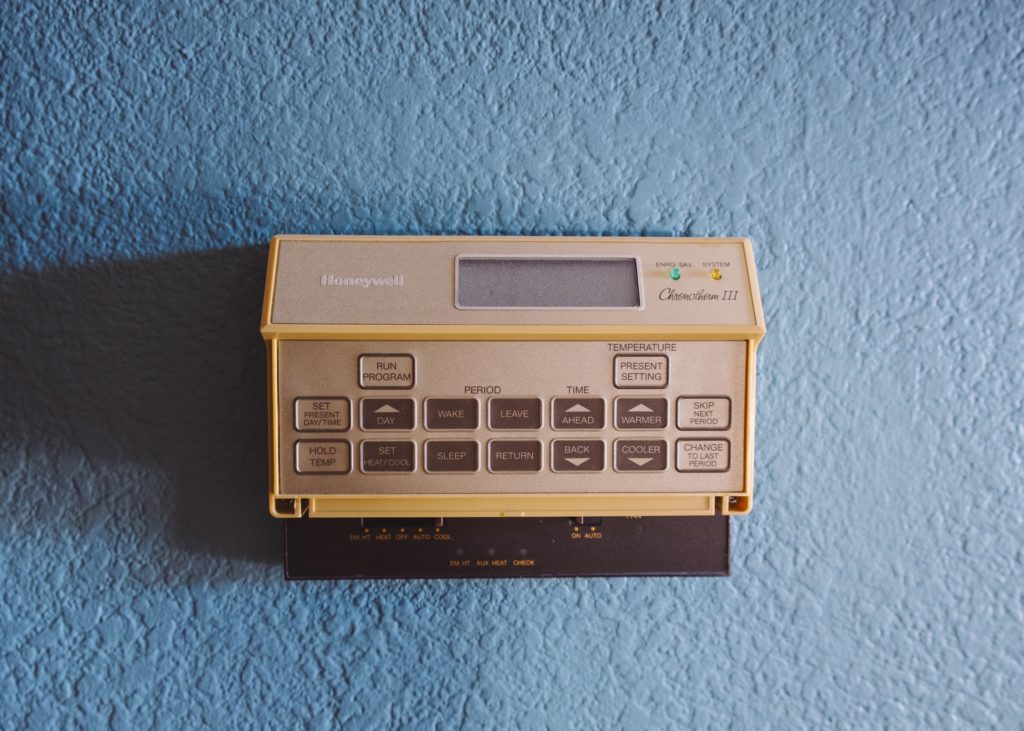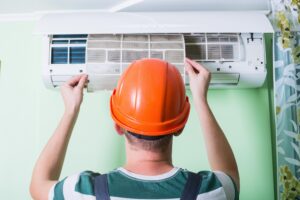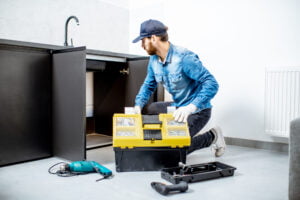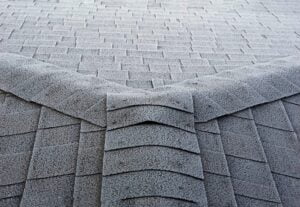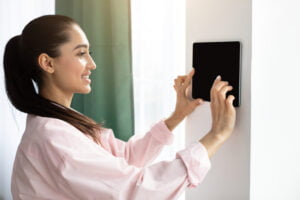If you are a homeowner, then you’re likely to have a great deal to think about already; especially if you have just taken over a fixer-upper or have undergone a big renovation. After a significant amount of time installing new fixtures, carrying out expensive repairs, clearing debris, and getting the decor just right, the last thing any new homeowner needs is more discomfort following issues that only a house repair can bring up.
Indeed, there is a multitude of different ways that a house can still present problems, even after you have been through every inch of it looking for loose wires or broken cabinets that need replacing. So when you’ve sat down after a long day and feel cooler than you should, then it’s understandable that you may be less inclined to find fault with the AC unit, and more of the opinion that it must just be the time of year. After all, it’s cold season, that chilly feeling is probably just a symptom that you’re coming down with something… right?
But, if you’ve checked the room temperature with a thermometer, and it seems normal, it’s still not time to rule out a faulty thermostat or a problem with the home’s heating system just yet. A room temperature is reflective of the entire room, taking into account the parts that are in direct sunlight, or those accessories that heat up over time, like light bulbs and televisions. So it’s entirely possible that you don’t have an accurate reading.
Is it chills you’re feeling, or is the heat broken in your home? Let’s have a look at different possibilities and see if it’s a good idea to see a doctor or an HVAC (heating, ventilation, and air conditioning), technician.
First, which room is the coolest?
So, you’ve checked the set temperature on your digital thermostat and it’s reading in the upper echelons of heat, but you are still feeling cold air. Clearly, there is a mismatch here; a higher thermostat setting should mean a warmer home. The first thing you’ll need to do is to check the whole house instead of one room. There should be a symmetry here of room temperatures, in that, almost every room (with one or two exceptions) should have roughly the same reading on your thermometer. On a related note, only use a mercury or alcohol thermometer to check the temperature of every room, as they work independently of any heaters, and aren’t susceptible to a surge in heat or power.
There will be a couple of rooms that need to be considered as likely to give you an anomalous reading. The bathroom is the first, particularly if you do not have an extractor fan installed and an electric shower which has recently been used. The hot water from these types of shower units is not heated by a furnace within the home, and so will potentially heat up and humidify the air condition of the bathroom independently of the HVAC system. The second room that should not be considered in the kitchen.
Let’s talk about kitchens.
Kitchens carry their own set of problems that need to be taken into account, especially when checking out the temperature of a home. Firstly, there is going to be a mismatch of temperatures across the entire room. The kitchen sink faucet will run cold if there is a problem with the furnace whereas the rest of the room may feel a lot warmer. Arguably, the focal point of a kitchen is the oven (unless you have a spacious enough room to fit a kitchen island). An oven generates and gives off heat, and so this needs to be taken into account anyway, but if it has been a while since the kitchen was used for cooking food and yet is still warm, then it will be worth your while to make sure there are no other problems here. A blocked range hood over the oven is likely to make the room even warmer than it should be, and although that also needs to be cleaned, your conclusion should be based on the rest of the home’s temperature instead.
Secondly, go over your results.
If you have checked the house and found that only one room is cool while the others are warm, then you have localized the problem. Simply put, there is an issue with the radiator or the AC unit of that particular room, and so you should get an HVAC technician to look at it.
However, if you have been through the home and found that the temperature is roughly the same wherever you are, then don’t call a medic just yet. An indoor air temperature that doesn’t match the thermostat setting is an indicator that there is something wrong with your home’s heating system, be that a problem with the heat anticipator is switching off the furnace too soon, or that there are crossed wires in the thermostat itself. Again, call a technician to look at it, as there is no way you should be fiddling with the wires or trying to fix a furnace on your own unless you are completely qualified to do so. If you are stuck to find a qualified technician, or just want general advice on what else to look for, check out Luquire’s blog on AC repair.
Obviously, if the thermometer says the same temperature that your thermostat does, then a conversation with a medical technician would be for the best. In these instances, it is you that needs repairing, and so hot lemon and honey will be the tools to get you fixed up!

